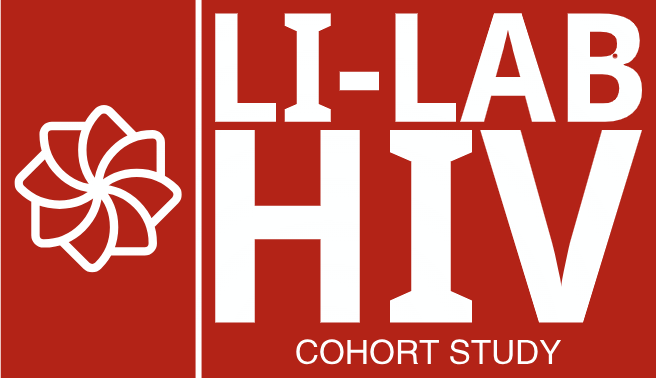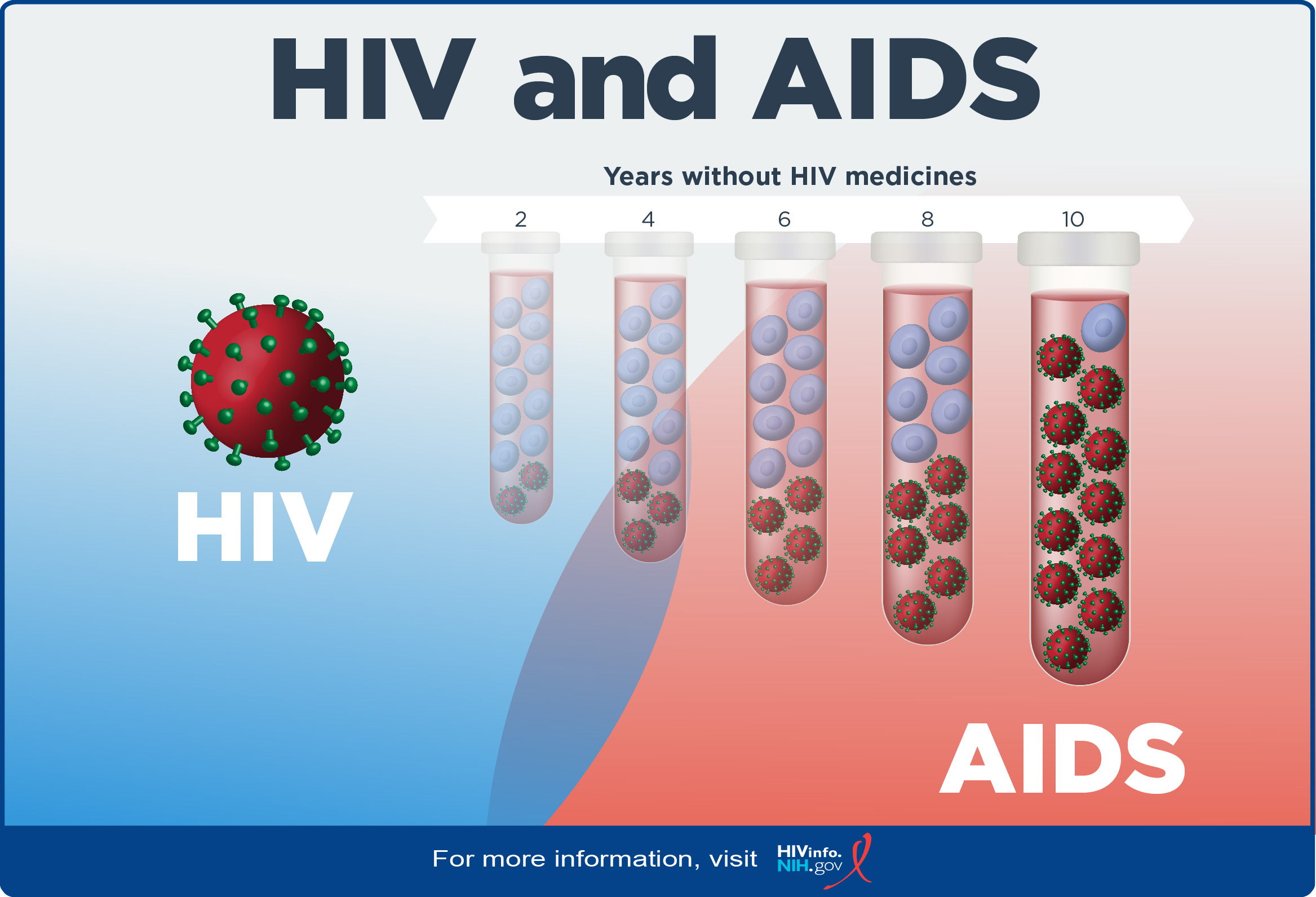How is HIV transmitted?
HIV can be transmitted from one person to another when certain bodily fluids are shared between people. Bodily fluids that can transmit HIV include blood, semen (“cum”), pre-seminal fluid (“pre-cum”), vaginal fluids, rectal fluids, and breastmilk. HIV can be transmitted during vaginal or anal sex, through sharing needles for injecting drugs or tattooing, by getting stuck with a needle that has the blood of someone with HIV on it, through pregnancy, and through breastfeeding.
The transmission of HIV from a birthing parent with HIV to their child during pregnancy, childbirth, or breastfeeding is called perinatal transmission of HIV. For more information on perinatal transmission, read the HIVinfo fact sheet on Preventing Perinatal Transmission of HIV.
You cannot get HIV by shaking hands or hugging a person who has HIV. You also cannot get HIV from contact with objects, such as dishes, toilet seats, or doorknobs, used by a person with HIV. HIV is not spread through the air or water or by mosquitoes, ticks, or other insects. Use the HIVinfo You Can Safely Share…With Someone With HIV infographic to spread this message.

